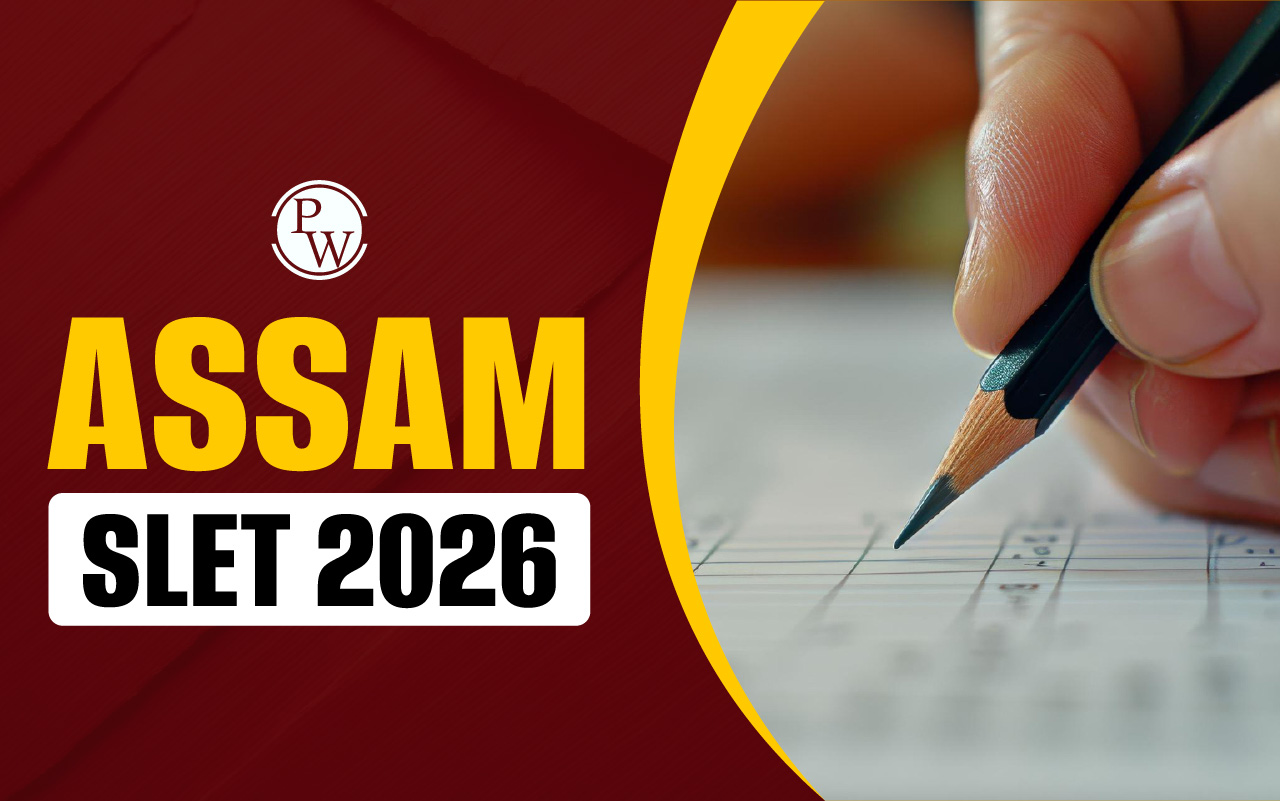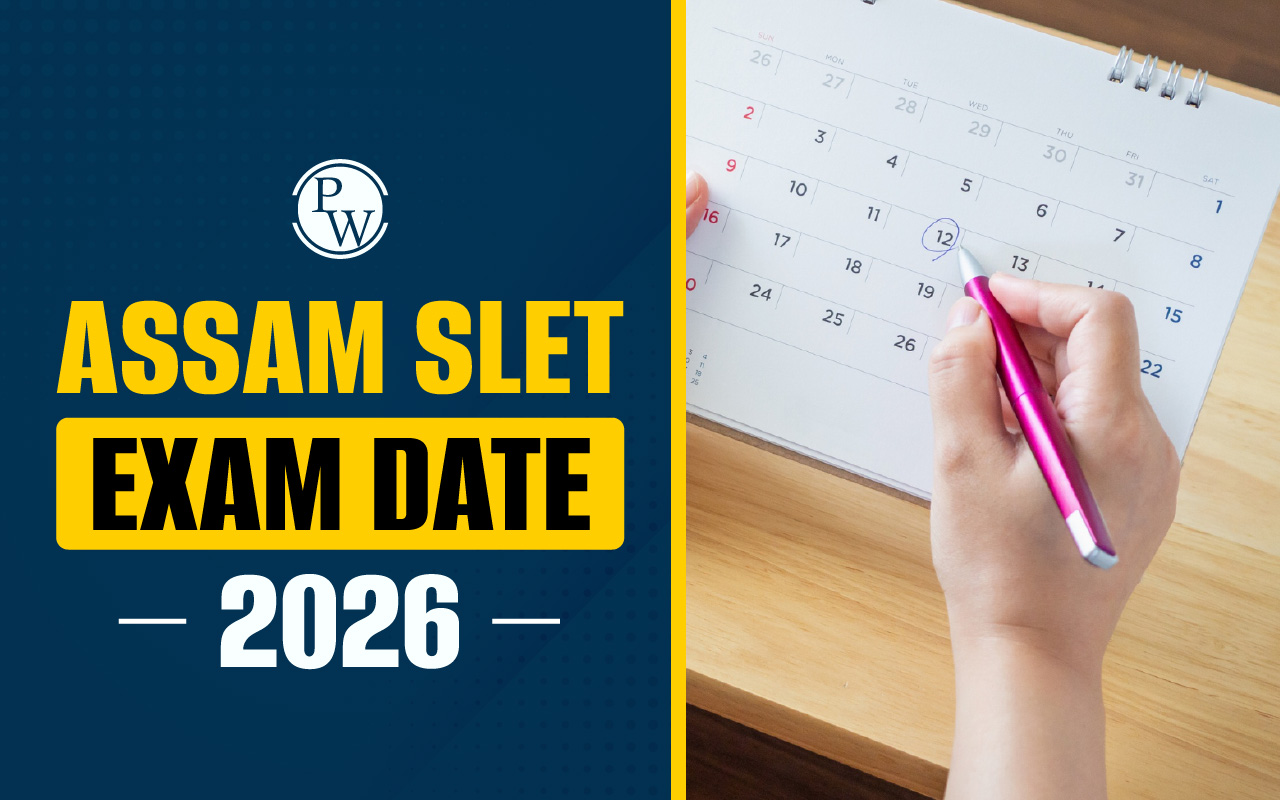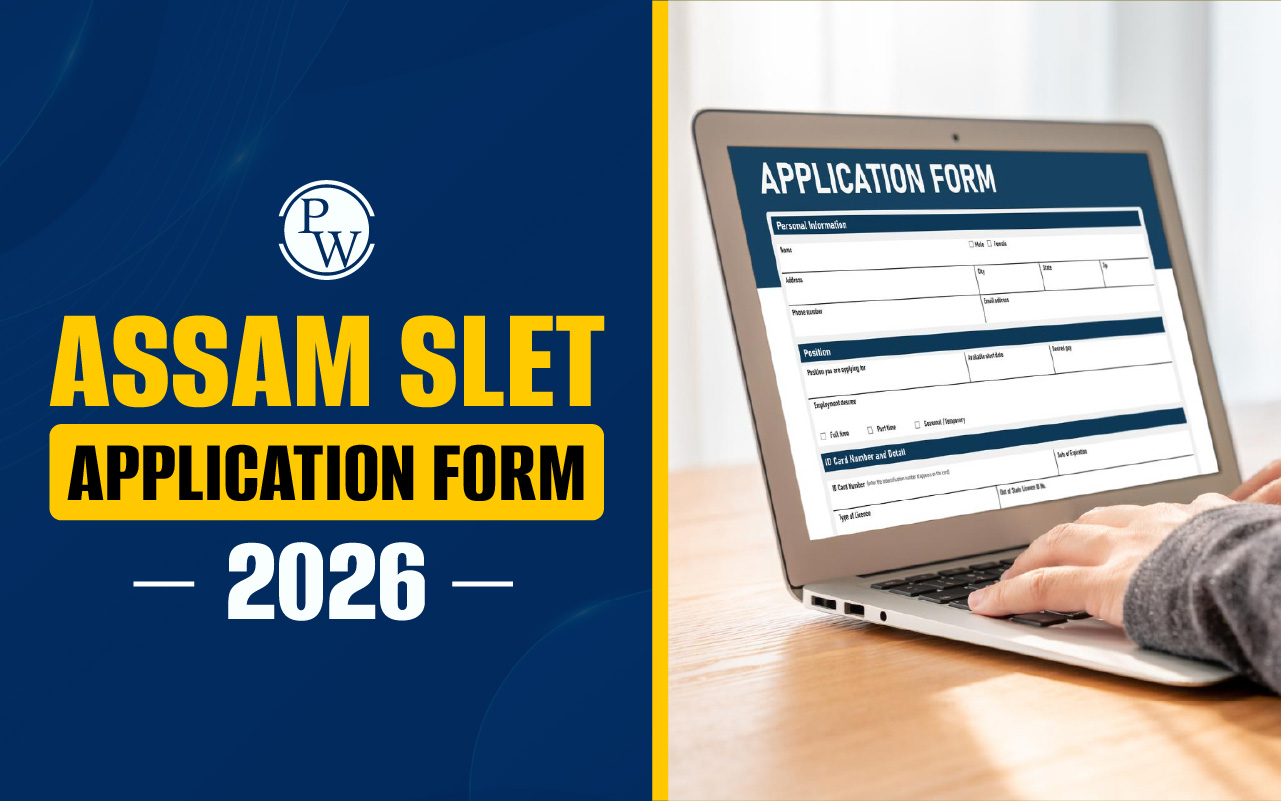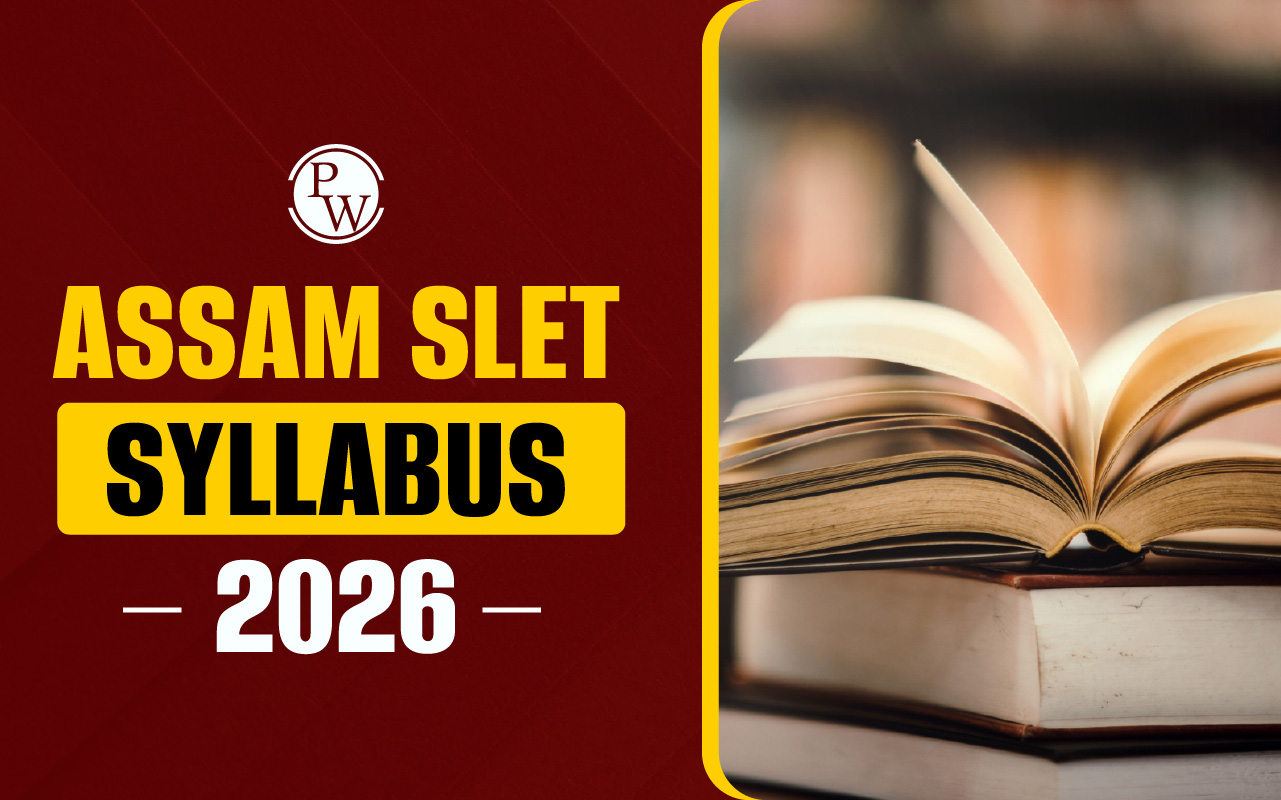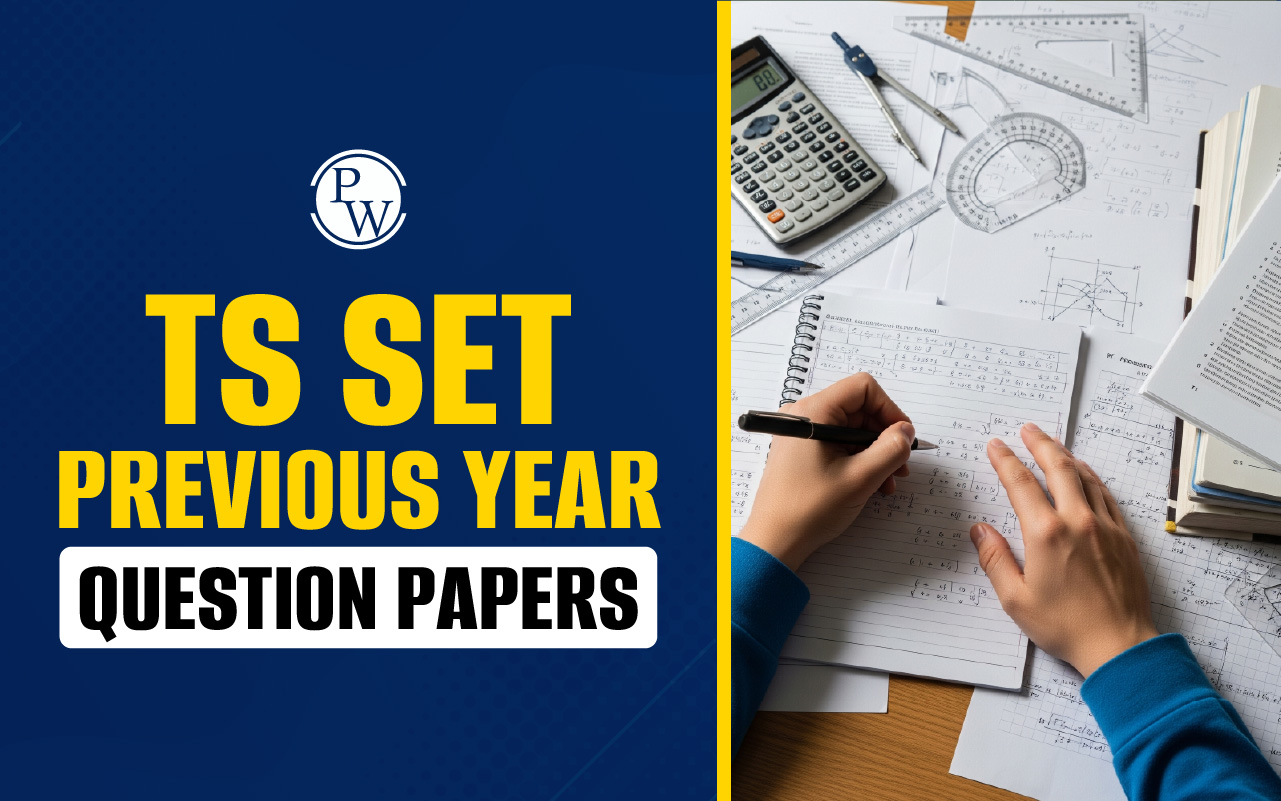
UGC NET Hindi Exam Analysis 2025: UGC NET June 2025 Hindi exam was held on 29th June 2025, during Shift 1 from 9:00 AM to 12:00 PM, conducted by the National Testing Agency (NTA) in computer-based mode. The exam aimed to assess candidates for Assistant Professor and Junior Research Fellowship. This UGC NET 2025 Hindi Exam Analysis is based on feedback from aspirants and evaluation by subject experts. It presents detailed insights into the overall difficulty level, question types, section-wise performance, and good attempts, helping future aspirants align their preparation with observed trends and expected exam standards.
UGC NET Hindi Exam Analysis 2025 Overview
UGC NET 2025 Hindi Exam was successfully conducted by the National Testing Agency (NTA) as part of the June 2025 cycle. The exam aimed to assess the eligibility of candidates for Assistant Professor and Junior Research Fellowship (JRF) in the Hindi subject. This analysis provides a detailed overview of the exam, covering paper structure, difficulty level, good attempts, and topic distribution based on expert insights and student feedback.
| UGC NET Hindi Exam Analysis 2025 Overview | |
| Events | Details |
| Conducting Body | National Testing Agency (NTA) |
| Exam Name | UGC NET Hindi Exam |
| Posts | Assistant Professor and Junior Research Fellowship |
| Exam Level | National |
| Exam Frequency | Twice a year |
| UGC NET Notification Release Date | 19th June, 2025 |
| UGC NET Hindi Exam Date | 29th June, 2025 |
| Mode of Exam | Computer-Based Test |
| Language/Medium of Exam | English and Hindi |
| Number of Papers and Total Marks |
|
| Exam Duration | 3 hours (180 minutes) |
| Official Website | ugcnet.nta.nic.in |
UGC NET Hindi Exam Analysis 2025 Shift & Timing
UGC NET Hindi Exam 2025 was held on 29th June 2025 in Shift 1, scheduled from 9:00 AM to 12:00 PM. The exam was conducted in online computer-based mode at various centers across the country. Candidates were required to attempt both Paper 1 and Paper 2 within the allotted time of three hours. The shift timing and smooth conduct ensured a standardized environment for evaluating candidates' subject knowledge and teaching-research aptitude.
| UGC NET Hindi Exam 2025 Shifts and Timings | |
| Shift 1 | 9:00 AM to 12:00 PM |
UGC NET Hindi Exam Analysis 2025 Paper 1 Difficulty Level & Good Attempts
In addition to subject-specific analysis, Paper 1 also plays a crucial role in the final merit. For Hindi subject candidates, Paper 1 on 29th June was rated easy to moderate, with most questions covering topics like Teaching Aptitude, Research, ICT, and Environment. According to the UGC NET June 2025 analysis, a good attempt in Paper 1 ranged from 36 to 45 questions. Teaching Aptitude, Maths, and People & Environment sections were relatively easier, while Logical Reasoning and ICT presented moderate challenges.
| UGC NET Hindi Exam Analysis 2025 Paper 1 Difficulty Level & Good Attempts | ||||
| UGC NET Paper 1 Sections | Topics Covered | Difficulty Level | No. of Questions Asked | Good Attempts |
| Teaching Aptitude | Reflective Teaching, Cooperative Teaching, Direct Learning, Types of Counselling, Learning Process, Formative Assessment, , Bloom Tax, Swayam Prabha, MOOCs, Udemy, Edx, | Easy | 5-6 | 3-4 |
| Research Aptitude | Correlation & Co-Efficient,Sampling, Ethics of Research, Protocol, Applied Basic Qualitative, Plagiarism, Numerical, Hypothesis, Types of Research | Moderate | 4-5 | 3-4 |
| Data Interpretation | Age, Percentage, Ratio,I.S.A | Moderate to Hard | 4-5 | 3-4 |
| Reading Comprehension | Questions based on a passage | Easy to Moderate | 4 | 3-4 |
| Maths | Ratio, Proportion, Number System, CI, SI, Series, Boats & Stream, Coding, Decoding, Alphabet | Easy to Moderate | 5-6 | 4-5 |
| Logical Reasoning | Contrapositive, Converse, Analogy, Vaypati, Relevance Fallacy, Decreasing Extension, Syllogism, Experimental Research, CSOP, Equivalent, Stats, Barrier | Moderate | 4-5 | 3-4 |
| Communication | Movie, Communication Model, Circular Model Sequence, Barrier | Moderate | 4-5 | 2-3 |
| Higher Education System, Governance, Polity & Admin | Soadh Ganga,Full Form, IRAHE, Commission Chronology, National Curriculum | Moderate | 4 | 3-4 |
| People & Environment | Eutrophication, Earthquake, Noise Pollution, Pollutants, MDG, SDG Goals, SDG Target, Water Treatment, Precipitation, Protocol, | Easy to Moderate | 5-6 | 4-5 |
| Information & Communication Technology (ICT) | VPN, CD ROM, Network, Security, Firmware, Server Security, MODEM, WIFI, Memory, HTML, HTTP, Virus, Tools | Moderate | 4-5 | 4-5 |
| Overall | Easy | 50 | 36-45 | |
UGC NET Hindi Exam Analysis 2025 Difficulty Level
The overall UGC NET Hindi Difficulty Level in Paper 2 was reported to be moderate, with several sections bordering on moderate to hard. Questions required strong conceptual understanding of Hindi literature, criticism, and linguistics. Units covering ancient and modern Hindi literature, literary movements, and grammar were moderately challenging. Numerical and factual questions in literary theory and linguistics added to the paper’s complexity. Candidates with a thorough grasp of the syllabus and past trends were better able to manage time and accuracy under pressure.
| UGC NET Hindi Exam Analysis 2025 Difficulty Level | ||
| Unit Name | Topics Asked | Difficulty Level |
| हिन्दी भाषा और उसका विकास |
संज्ञा का मिलान, बहुव्रीहि समास – अधिकरण एवं व्यवहारिक प्रकार; भाषिक परिवर्तन, तत्सम-तद्भव शब्द, वाक्य विन्यास, लिपि विकास, प्राकृत और अपभ्रंश, व्याकरणिक संरचना |
Easy to Moderate |
| हिन्दी साहित्य का इतिहास | साहित्य अकादमी कृतियाँ (प्रकाशन वर्ष अनुसार), कामायनी, प्रेमघन द्वारा संपादित पत्रिका; भक्ति, रीतिकाल, आधुनिक काल, दलित व स्त्री साहित्य, काव्य धाराओं का क्रमिक विकास | Easy to Moderate |
| साहित्यशास्त्र | ऐतिहासिक भौतिकवाद (मार्क्सवाद), रूसी रूपवाद; अभिव्यंजनावाद, रंजनवाद, प्रयोगवाद, उत्तर आधुनिकता, अलंकारशास्त्र, काव्यशास्त्र, संरचनावाद, नयी आलोचना | Moderate |
| वैचारिक पृष्ठभूमि | उद्धरण विश्लेषण, वैचारिक संरचना, 'तुम समय हो...' जैसे भावनात्मक पदों की पहचान; गांधीवाद, स्त्री विमर्श, दलित विमर्श, समकालीन विचारधाराएँ | Moderate |
| हिन्दी कविता | भारत भारती से उद्धरण की पहचान, काव्य विश्लेषण; छायावाद, प्रयोगवाद, नई कविता, समकालीन कविता, सामाजिक यथार्थ, नारी और जनकविता | Moderate - Hard |
| हिन्दी उपन्यास | मैला आँचल से बहुपरतीय प्रश्न, गोदान का उद्धरण और पात्र; गबन, राग दरबारी, यथार्थवादी उपन्यास, ग्रामीण जीवन, नारी विमर्श | Moderate |
| हिन्दी कहानी | अज्ञेय की कहानियाँ (प्रकाशन वर्ष अनुसार), ‘सिक्का बदल गया’ के पात्र; प्रेमचंद, भीष्म साहनी, यशपाल, समकालीन कहानियाँ, दलित कहानियाँ | Moderate - Hard |
| हिन्दी नाटक | नाटकीय संरचना व पात्रों का विश्लेषण; जयशंकर प्रसाद, मोहन राकेश, रंगमंचीय तकनीक, सामाजिक यथार्थ, नाट्य परंपरा, लोकनाट्य | Moderate - Hard |
| हिन्दी निबंध | शैलीगत प्रश्न, आलोचनात्मक दृष्टिकोण; रामचंद्र शुक्ल, हजारीप्रसाद द्विवेदी, अज्ञेय, आधुनिक सामाजिक विषयों पर लेखन | Moderate |
| Uआत्मकथा, जीवनी तथा अन्य गद्य विधाएं | आत्मकथात्मक शैली, लेखक पहचान; मेरे संदर्भ में (अज्ञेय), सच्चा वीर (द्विवेदी), दलित आत्मकथाएँ, यात्रावृत्त, संस्मरण, रेखाचित्र | Easy to Moderate |
| Overall | Moderate | |
UGC NET Hindi Exam Analysis 2025 Good Attempts
As per the UGC NET 2025 Hindi Exam Analysis, a good number of attempts in Paper 2 ranged between 65 to 76 out of 100 questions. Units that saw higher good attempts included Modern Hindi Literature, Grammar and Linguistics, and Literary Theory. Students found these sections more predictable and relatively manageable. Other parts like Ancient Literature and Criticism were slightly tougher, lowering the number of confident attempts. Candidates who attempted 70+ questions with accuracy are likely to meet the UGC NET qualifying marks benchmark.
| UGC NET Hindi Exam Analysis 2025 Good Attempts | |||
| Unit Name | Topics Asked | No. of Questions Asked | Good Attempts |
| हिन्दी भाषा और उसका विकास।हिन्दी भाषा और उसका विकास। |
संज्ञा का मिलान, बहुव्रीहि समास – अधिकरण एवं व्यवहारिक प्रकार; भाषिक परिवर्तन, तत्सम-तद्भव शब्द, वाक्य विन्यास, लिपि विकास, प्राकृत और अपभ्रंश, व्याकरणिक संरचना |
12–14 | 9–11 |
| हिन्दी साहित्य का इतिहास | साहित्य अकादमी कृतियाँ (प्रकाशन वर्ष अनुसार), कामायनी, प्रेमघन द्वारा संपादित पत्रिका; भक्ति, रीतिकाल, आधुनिक काल, दलित व स्त्री साहित्य, काव्य धाराओं का क्रमिक विकास | 10–12 | 8–10 |
| साहित्यशास्त्र | ऐतिहासिक भौतिकवाद (मार्क्सवाद), रूसी रूपवाद; अभिव्यंजनावाद, रंजनवाद, प्रयोगवाद, उत्तर आधुनिकता, अलंकारशास्त्र, काव्यशास्त्र, संरचनावाद, नयी आलोचना | 10–12 | 8–10 |
| वैचारिक पृष्ठभूमि | उद्धरण विश्लेषण, वैचारिक संरचना, 'तुम समय हो...' जैसे भावनात्मक पदों की पहचान; गांधीवाद, स्त्री विमर्श, दलित विमर्श, समकालीन विचारधाराएँ | 8–10 | 6–8 |
| हिन्दी कविता | भारत भारती से उद्धरण की पहचान, काव्य विश्लेषण; छायावाद, प्रयोगवाद, नई कविता, समकालीन कविता, सामाजिक यथार्थ, नारी और जनकविता | 10–12 | 8–10 |
| हिन्दी उपन्यास | मैला आँचल से बहुपरतीय प्रश्न, गोदान का उद्धरण और पात्र; गबन, राग दरबारी, यथार्थवादी उपन्यास, ग्रामीण जीवन, नारी विमर्श | 8–10 | 6–8 |
| हिन्दी कहानी | अज्ञेय की कहानियाँ (प्रकाशन वर्ष अनुसार), ‘सिक्का बदल गया’ के पात्र; प्रेमचंद, भीष्म साहनी, यशपाल, समकालीन कहानियाँ, दलित कहानियाँ | 10–12 | 8–10 |
| हिन्दी नाटक | नाटकीय संरचना व पात्रों का विश्लेषण; जयशंकर प्रसाद, मोहन राकेश, रंगमंचीय तकनीक, सामाजिक यथार्थ, नाट्य परंपरा, लोकनाट्य | 6–8 | 5–6 |
| हिन्दी निबंध | शैलीगत प्रश्न, आलोचनात्मक दृष्टिकोण; रामचंद्र शुक्ल, हजारीप्रसाद द्विवेदी, अज्ञेय, आधुनिक सामाजिक विषयों पर लेखन | 6–8 | 5–6 |
| Uआत्मकथा, जीवनी तथा अन्य गद्य विधाएं | आत्मकथात्मक शैली, लेखक पहचान; मेरे संदर्भ में (अज्ञेय), सच्चा वीर (द्विवेदी), दलित आत्मकथाएँ, यात्रावृत्त, संस्मरण, रेखाचित्र | 6–8 | 5–6 |
| Overall | 100 | 65-76 | |
UGC NET Hindi Exam Analysis 2025 Question Types
UGC NET Hindi Exam 2025 maintained a familiar structure, consisting entirely of multiple-choice questions (MCQs). It included a mix of factual, conceptual, analytical, and theoretical questions, primarily from Hindi literature, grammar, linguistics, and criticism. Candidates encountered tasks such as identifying authors, chronological ordering of literary works, analyzing passages, and recognizing literary devices. The grammar section emphasized language structure and usage. The absence of negative marking encouraged candidates to attempt all questions. This pattern aligns with previous years, allowing candidates with thorough syllabus coverage and clarity in concepts to perform well across various question types.
UGC NET Hindi Exam Analysis 2025 Expected Cut Off
UGC NET Hindi Expected Cut Off 2025 is projected to fall between 58% to 62% for General, and 54% to 58% for OBC and EWS categories. Cut-off marks may be slightly lower for SC, ST, and PwD categories. These predictions are based on the moderate overall difficulty level, number of applicants, and feedback on good attempts. The normalization process also plays a crucial role in determining the final cut-off, especially with multiple shifts in the exam schedule. Candidates scoring above 70 correct responses in Paper 2 and 40+ in Paper 1 are likely to qualify.
UGC NET Hindi Exam Analysis 2025 FAQs
What was the overall difficulty level of the UGC NET Hindi exam 2025?
How many questions were considered good attempts in Paper 2?
Was there any negative marking in the UGC NET Hindi exam?
What topics were most frequently asked in Hindi Paper 2?
What is the expected cut-off for the UGC NET Hindi exam 2025?


